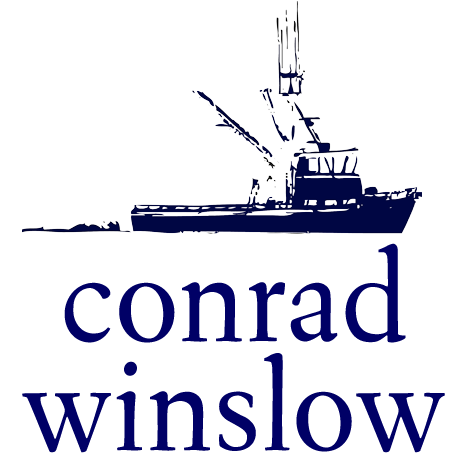Katie Cox, Conrad Winslow, Andie Tanning
LONGLINER TRIO (2020)
for flute, violin, and piano, ca. 19 minutes
Longliner Trio was composed in 2020 in Berlin, based on work composed and premiered at Wild Shore New Music 2018 in Southcentral Alaska.
Program Note
Longliner Trio plays with the semantics of musical line and the shifting roles of a group without a clear leader. There are no solos. For the most part, there is no accompaniment in a traditional sense. The first movement consists solely of single unaccompanied lines jointly performed in fast rhythmic hockets which require the musicians to exchange places (on the beat and off the beat) on a continual basis. It is extremely bare and fragile.
The second movement is built on a set of chords saturated with microtonal voicings in the flute and violin. Presented at first as static objects, the chords are gradually compressed into a swift progression, sending up a cascading tune overhead.
The third movement is a transition, a kind of mechanical echo of the second movement after the chords evaporate. The hushed answer in the fourth movement closes the work with a more lyrical surface. The titles make references to commercial longlining shing, which my father did for halibut in Alaska in the 1990s.
Joseph Haydn's piano trios fascinate me by their harmonic experimentation and sometimes by their quiet power, but most of all by the doubling of the piano part. Yes, the cello doublings in particular are mostly pro forma, strengthening the piano in chamber music with a clear soloist. But there are also magic moments where the violin and cello step out and show unexpected independence. The reversals of mechanical function and expressive agency keep me hooked.

